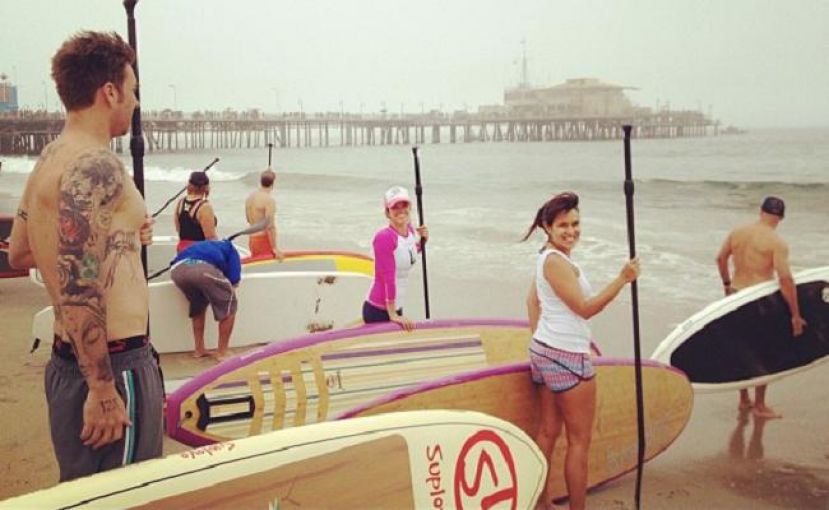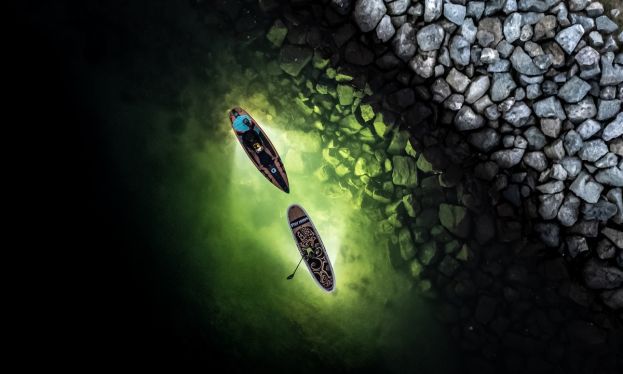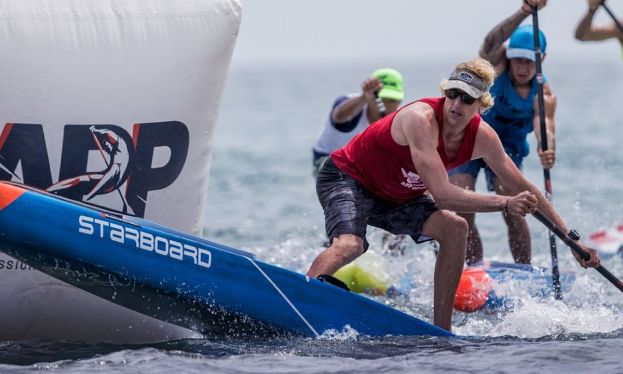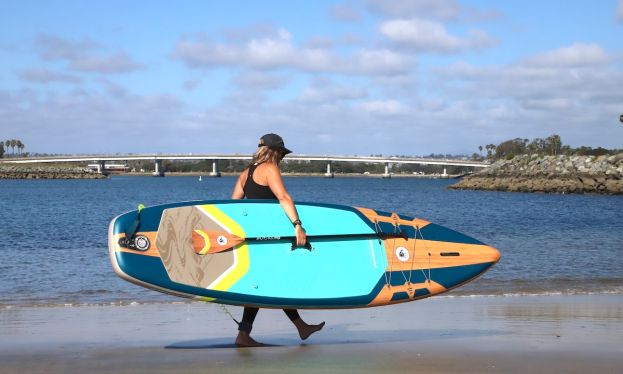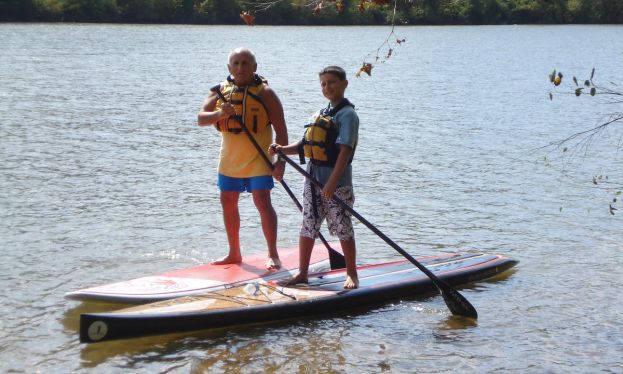5 Easy Steps To Start SUP'ing
- Written by Clayton Truscott
- Published in Tips
- Comments::DISQUS_COMMENTS
One of the most intimidating things about starting any new sport is not knowing where to go, what equipment to use, what dangers to be aware of and how to execute the basics. Today we’re going to be covering five essential points for any new members of the SUP community who are looking for a basic but comprehensive guide to getting started.
5. Consider Lessons
If you don’t have a watersports or action sports background and you feel intimidated by getting onto a board, take a lesson during your first time. It’s not worth hurting your confidence by going out and getting lost for an hour - especially because learning the basics is a lot easier than it looks. Don’t be shy, either - instructors are there for a reason.
4. Renting Equipment
Buying a stand up paddle board is a hearty investment by any standards. Before you go out and purchase yourself a brand new rig, rent a board and speak to the people at your nearest rental agency. Find out what works for you.
3. Boards
As a beginner, you need a larger board with plenty of volume for extra buoyancy (typically something in the 10-12 foot range), which will help you develop a sense of balance. Having a board with maximum stability allows you to get comfortable without worrying about falling or rocking. Ideally, you’ll want something stable enough to balance a deck chair and read the Sunday papers on. Not that falling off is a big deal (because it will happen sooner or later), but in the beginning it’s important to build your confidence. Once you’ve mastered the basics and know how to paddle, you’ll have a better idea about what kind of board suits you for the long haul - that’s the one you should buy.
Carrying and handling a board can be a two-person job. If your arms don’t fit all the way around and it seems like you’re going to drop the board, ask for help - you and a buddy can employ the good ‘ol fashion ‘one at the nose, one at the tail’ method. Most rental agencies have a strict ‘You Break It You Buy It’ policy when it comes to their equipment, so rather be safe than sorry. For more helpful tips, take a look at our article on Handling A Sup Board.
Paddles: Your paddle should be a bit taller than you, somewhere between 8 and 12 inches, so that you can stand upright on the board and not have to stretch down to take a full stroke. This not only improves the distance you’ll cover with each stroke, it will help with improving your posture and making the act of paddling a more useful, strengthening exercise.
2. Where To Go
Flat water is your friend. If you’re a first timer, don’t stress yourself and others out by going anywhere near breaking waves. SUP Surfing and paddling are two totally different animals, and learning to ride waves on a 10 - 12 foot board takes much, much longer than getting the hang of paddling. Find a nice lake, dam, river or reservoir - somewhere with calm water and no dangerous currents or obstructions.
1. How To Stand
Stand with your legs together, not side by side like in surfing. Bend your knees slightly to leverage your weight when paddling and keep your back as straight as possible - you want to look ahead of you, not down. Much like being on any other watercraft, try to focus on the horizon to avoid any form of sea sickness.
.

Clayton Truscott
Truscott is a widely published author in the surfing and travel world, has a master's degree in creative writing, and comes from a diverse backgroun in water sports.
Email This email address is being protected from spambots. You need JavaScript enabled to view it.
